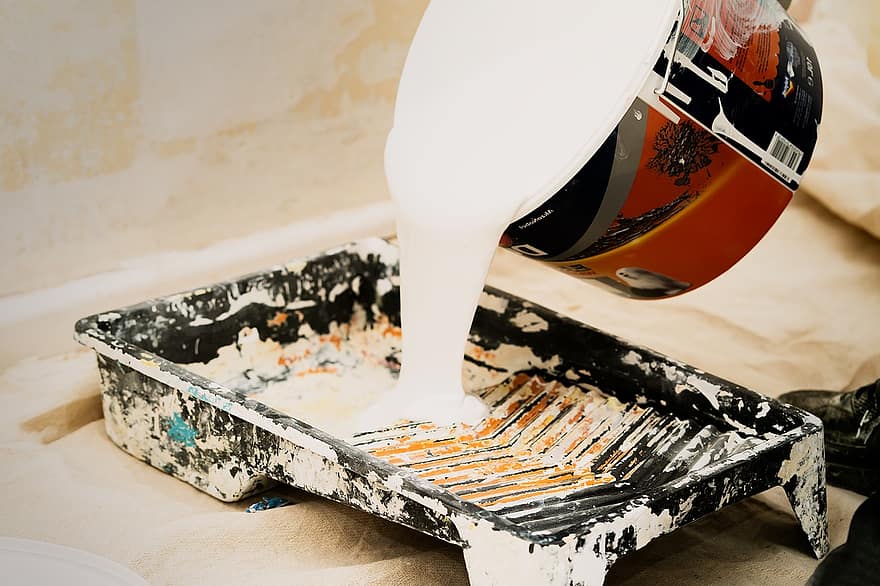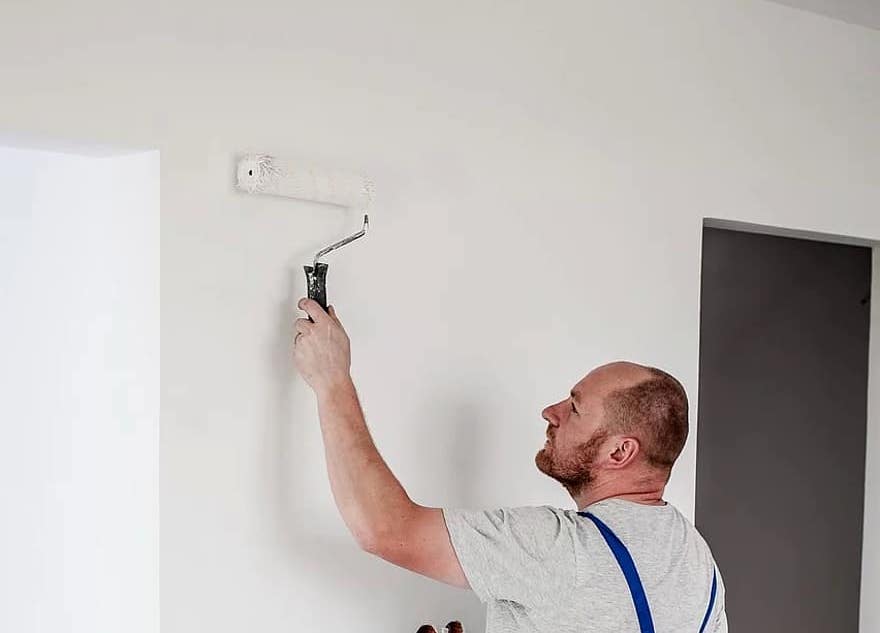Three common painting mistakes

Paint makes a house a home, but with so many variables – colour choice, finish type, surface material, and so on – a lot can go wrong. In this article, we’ll look at three common painting mistakes that DIYers make. Let’s get started.
Common painting mistakes 1: Skipping primer
Many paint products on the market claim to be paint and primer in one. However, we strongly suggest using a separate primer before applying the coloured paint.
Paint primer does a number of things:
- Primer enhances the bond between the paint and the surface
- Primer improves the texture of the finished product
- Primer ensures your walls come up vibrant and true to colour
In short, if you want the very best interior painting results, primer is a must.
Common painting mistakes 2: Using the wrong tools

Rollers and brushes are not interchangeable. Instead, they are specialised tools that help painters achieve specific results. Here’s a quick breakdown of what to use where.
Paint rollers
Rollers are ideal for larger surfaces, as they are time efficient to create an even finish.
As a general rule of thumb, the smoother the roller, the smoother the surface it is designed to be applied to, and the smoother the paint will be once dry.
Paint brushes
Paint brushes come in many shapes and sizes and are typically used to paint edges, corners, hard-to-reach areas, and detailed surfaces.
Deciding which brush to use can be a challenge, so keep in mind that the stiffer the brush, the cleaner the edge. Stiffer brushes also hold more paint – be careful to avoid flicking the brush and splattering paint everywhere.
Softer brushes are usually reserved for clear finishes like varnish and timber stains.
Common painting mistakes 3: Not cleaning your surface
A fresh coat of paint can do wonders, but it’ll end up a total mess if you fail to give your walls a good clean before the primer is applied.
You’ll want to rid your walls of dirt, dust, and grime with warm soapy water. Wipe down with clean water to remove any residue and allow to dry completely before you crack open the paint. If your walls aren’t dry, paint won’t adhere properly, which could cause flaking and blistering in the future.
Don’t bite off more than you can chew
Painting is hard work! There’s a whole lot that needs to be considered to ensure the finished product is even, smooth, true-to-colour, and long-lasting. If you’d prefer to leave it to the pros, get in touch with the Kraudelt Painting team. We’d love to help you transform your home, investment property, or business premises. Call now or fill out the form on this page for a quote.
